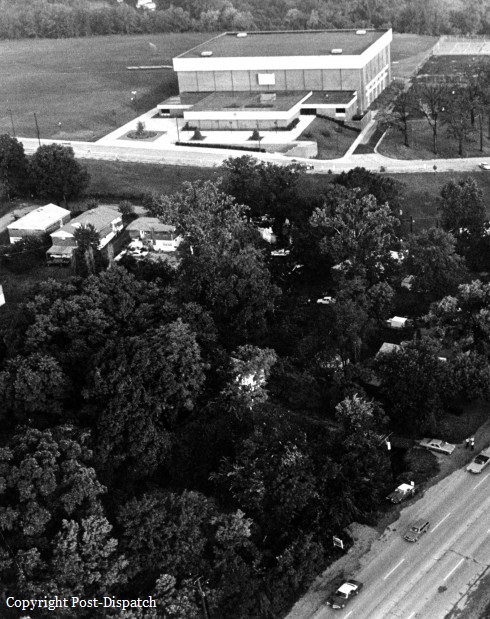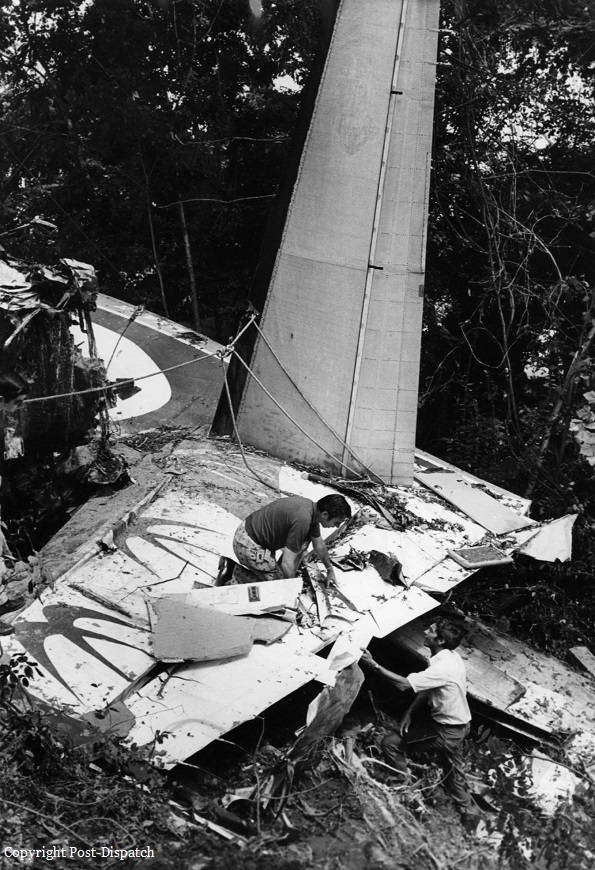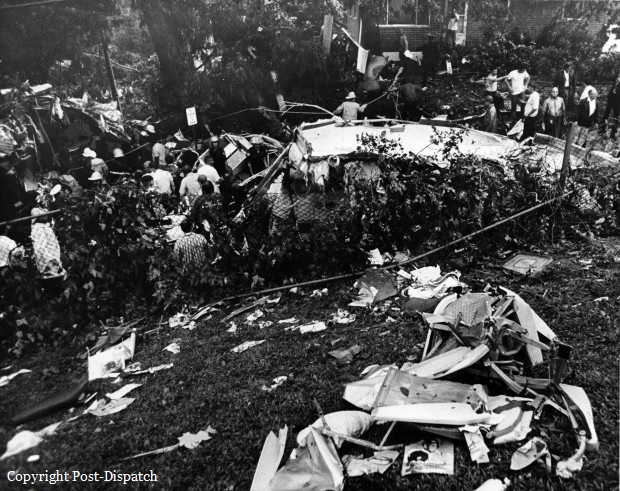Crash of a Cessna 208 Caravan I in Decatur
Date & Time:
Apr 26, 1989 at 2140 LT
Registration:
N9637F
Survivors:
Yes
Schedule:
Marion – Decatur
MSN:
208-0120
YOM:
1987
Crew on board:
1
Crew fatalities:
Pax on board:
0
Pax fatalities:
Other fatalities:
Total fatalities:
0
Captain / Total hours on type:
800.00
Aircraft flight hours:
742
Circumstances:
Departed Marion without a weather briefing. Pilot advised during approach that last person making approach reported moderate to severe turbulence on final. Subsequently cleared to land and given wind 360 at 30 gusting 40. Also advised that another aircraft reported a 20 knots windshear on final. The pilot reported that when he had descended to 1,500 feet msl, the aircraft encountered strong turbulence and the airspeed went from stall to redline. Despite adjustment to flaps and throttle, the airplane was uncontrollable.
Probable cause:
The pilot's intentional flight into known adverse weather. Contributing factors were the pilot's poor evaluation of the weather information given him by the air traffic controllers.
Final Report:







